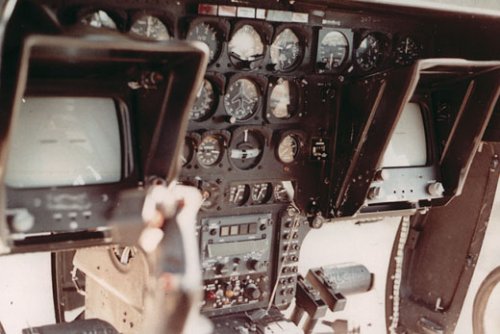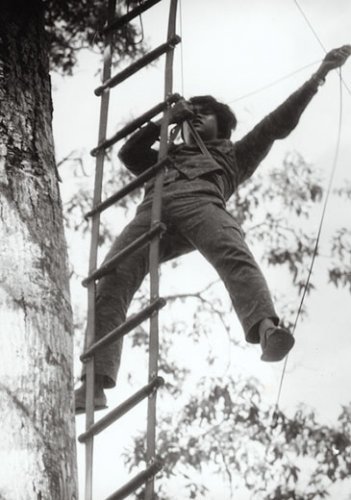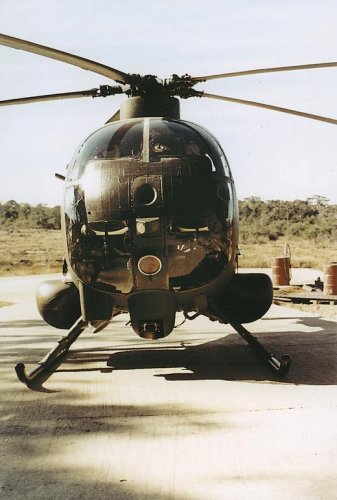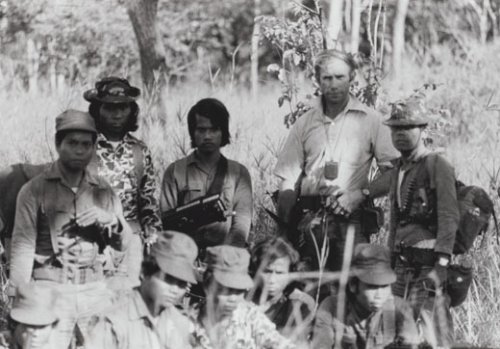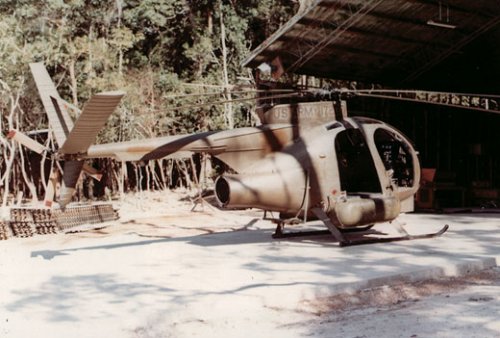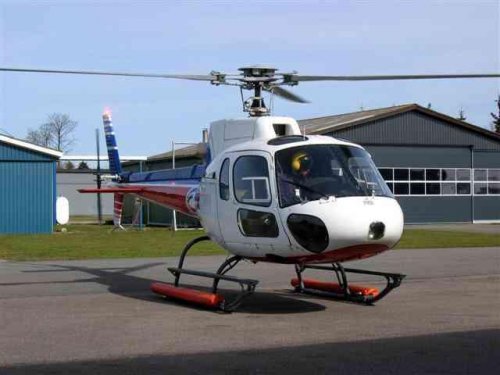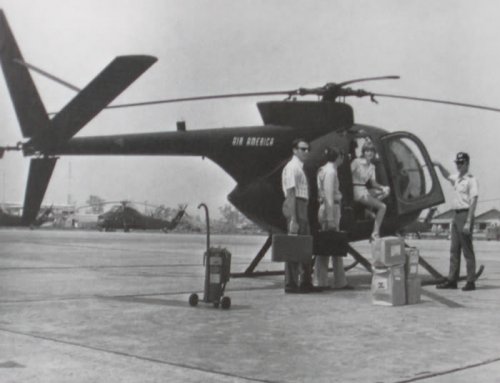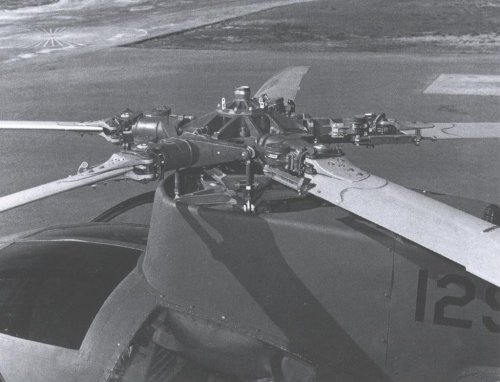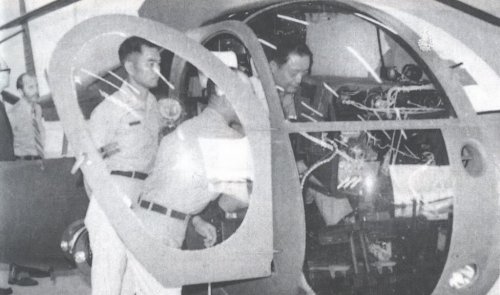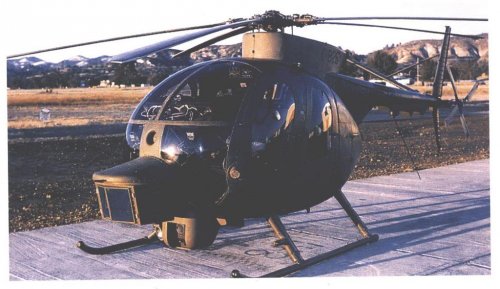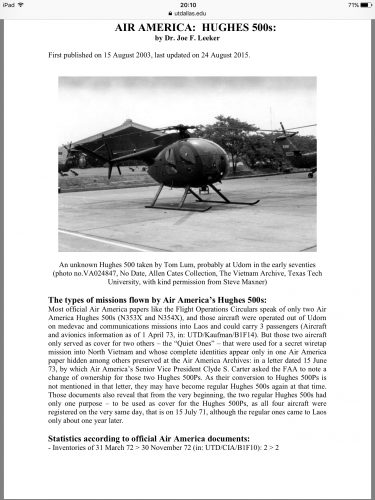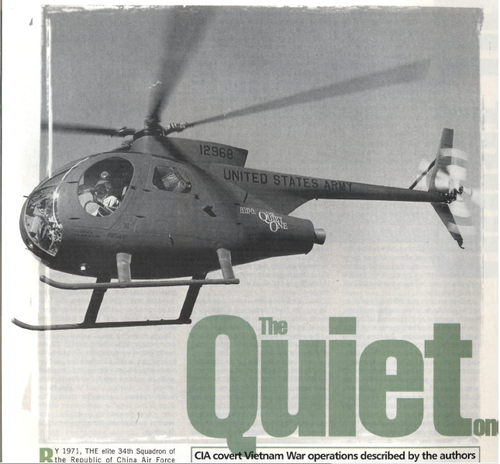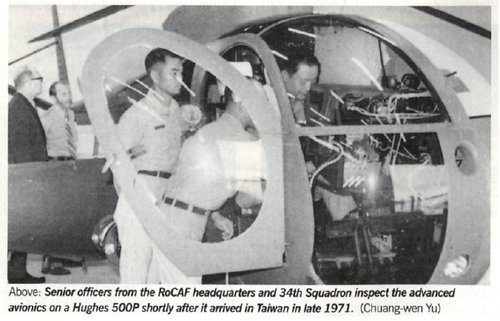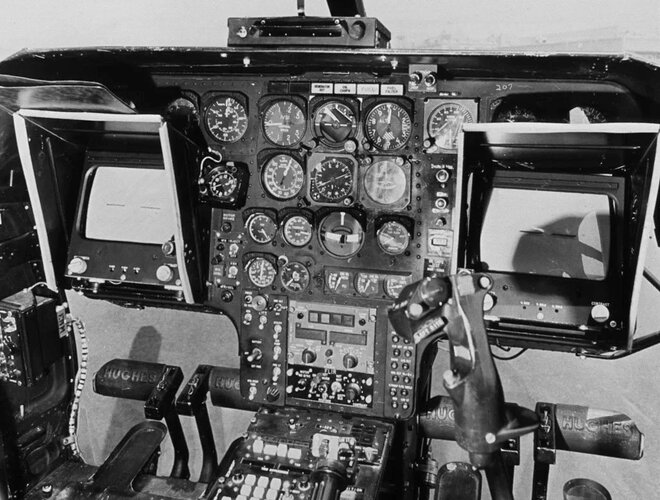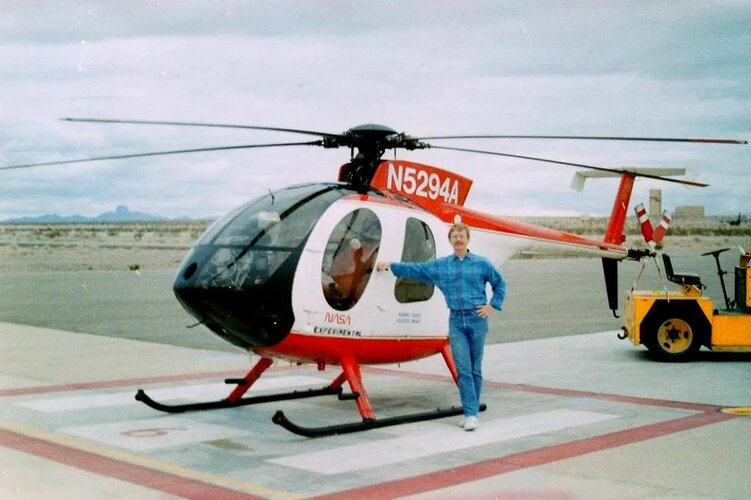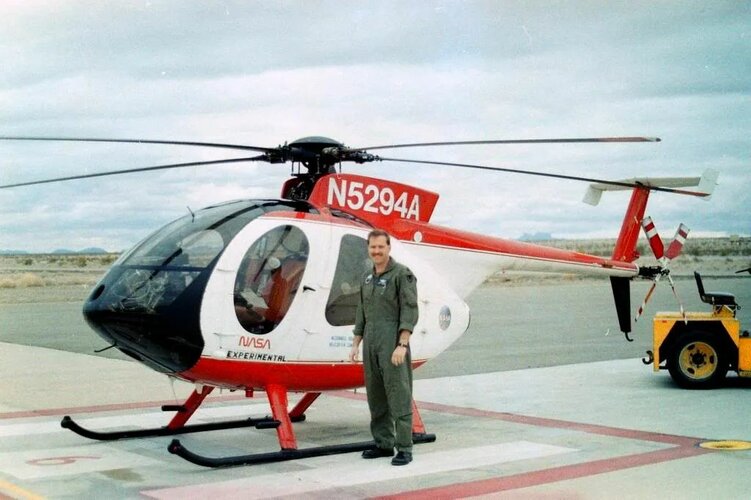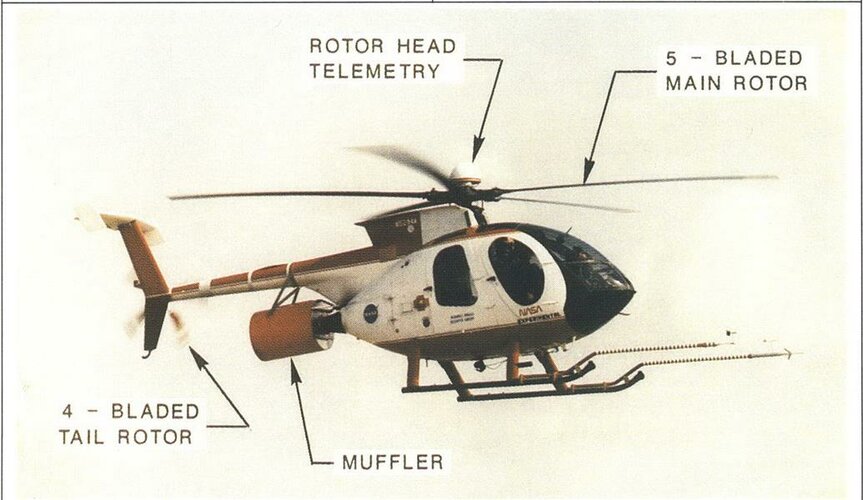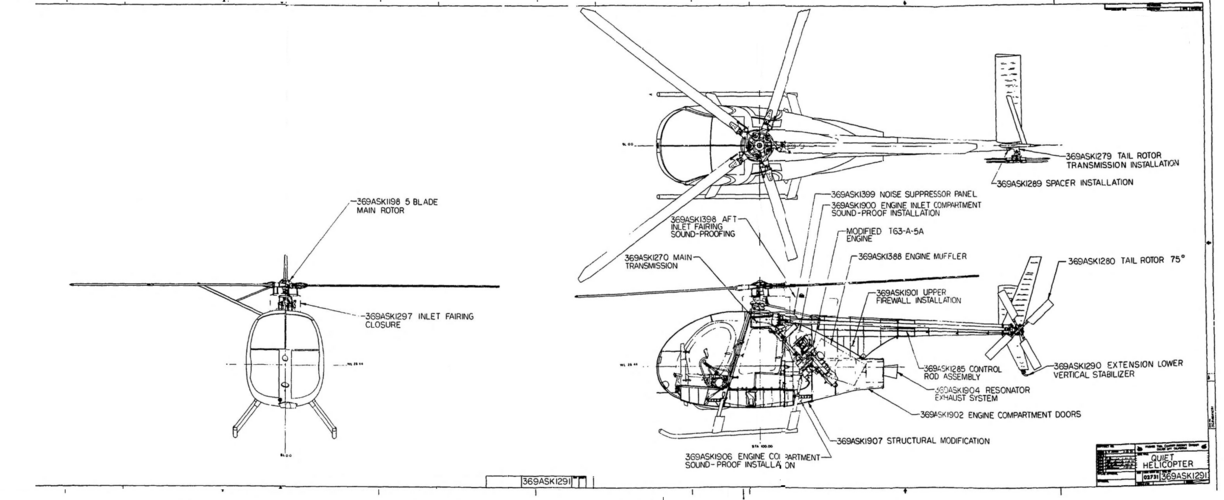Dynoman said:
With technologies such as NOTAR and Quiet One out there, one can only wonder whats hovering around.
I suspect that there's not anything else, for a simple reason--unlike for stealth and low observables, there is a commercial requirement for quieting helicopters. As a result, commercial companies have invested money and time into developing this technology. In fact, here's proof:
http://www.bluehawaiian.com/about/articles/new_era/
That's an article about the EC-130-B4 Ecostar, which is used for tourism. The tour operators wanted a quieter helicopter so that they would not get noise complaints. It mentions how they approached industry for quieter helicopters and were initially told that industry thought their helos were quiet enough. My point being that we really would expect any quieting technology developed by the military to make its way into the commercial world relatively quickly.
(Ironically, I'm a little sensitive to this issue today. This morning, starting around 6:40 am, a news helicopter was hovering only a few hundred feet above where I live, filming traffic. They stayed there for at least fifteen minutes. Woke me up. On my day off. Not happy. I filed a complaint with the FAA. Not a quiet helicopter...)

